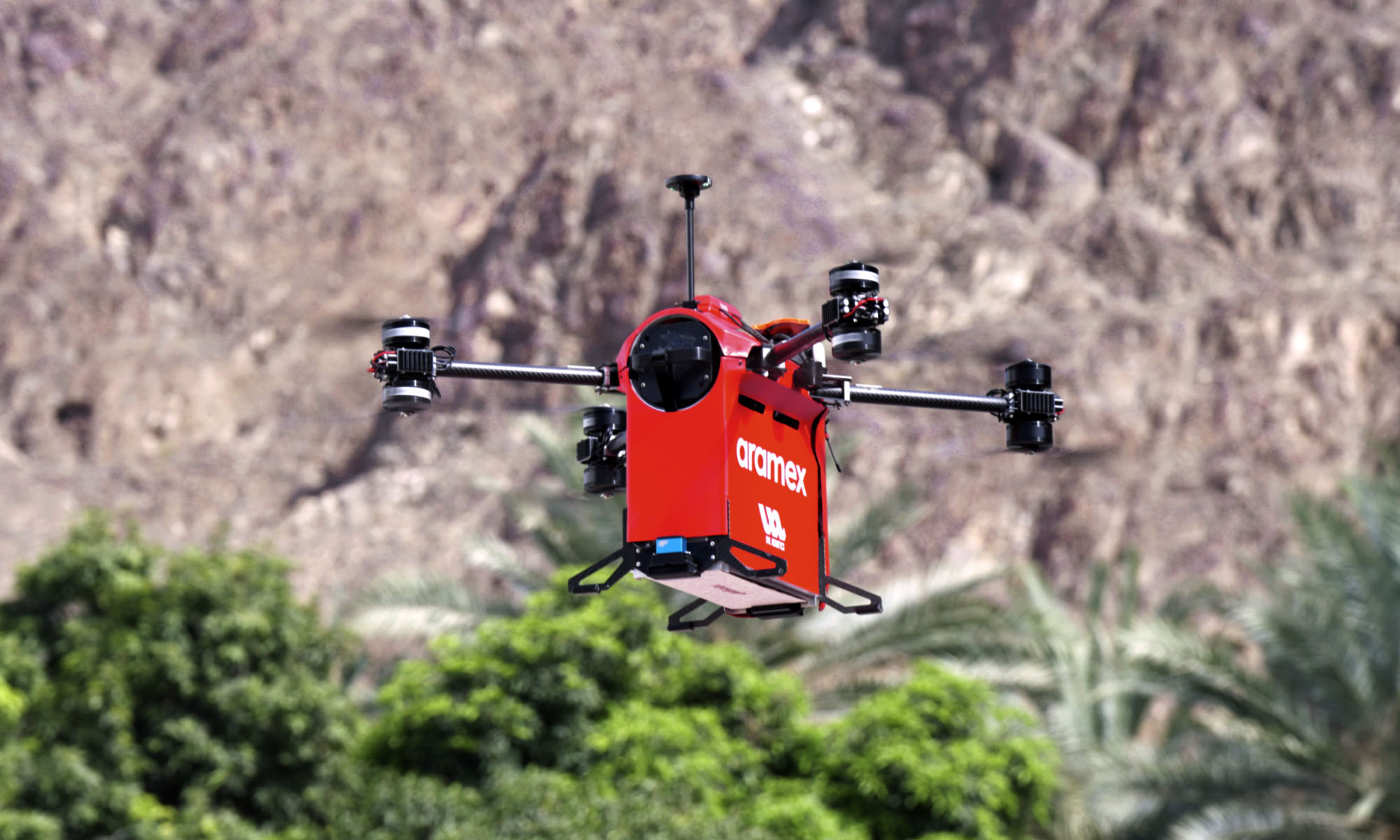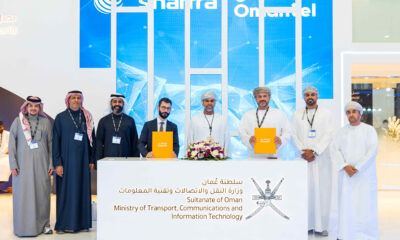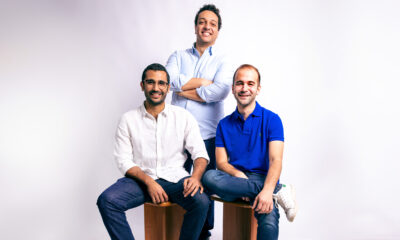News
Aramex Has Successfully Tested Drone Deliveries In Oman
The pilot is part of Aramex’s “Future Delivery Program”, and forms part of the company’s innovation agenda and sustainability strategy.

Aramex is a leading transport and logistics organization, and this week, the company successfully finished the pilot phase of its drone-based “Future Delivery Program” in Muscat, Oman.
UVL Robotics, a company from the United States, partnered with the logistics firm to bring its class-leading AI and drone solutions to the project, which will eventually also include autonomous vehicles. The Future Delivery Program is about creating cost-based savings and reducing environmental impact by lowering carbon emissions and traffic congestion during the last-mile section of deliveries.
Aramex is already embarking on a full-scale transition to electric and hydrogen fuel cell vehicles, with drone and autonomous vehicle-based deliveries complementing the emission-free fleet.
“We believe the next generation of last-mile solutions, including drones and autonomous vehicles, will be a game-changer as it ensures efficient delivery while being eco-friendly […] We have proven that these automated modes of delivery will enable us to further enhance the speed, accessibility, and reliability of package deliveries, especially to remote areas with hard-to-reach terrain,” says Alaa Saoudi, COO, Express at Aramex.
Eventually, Aramex will expand its autonomous delivery program across the Middle East and test the technology in other key markets. The company aims to significantly shorten delivery times and boost customer satisfaction while doing as much as possible to aid with climate action as we approach 2030 sustainability goals.
Also Read: Wisk Aero Unveils Four-Seat Autonomous Air Taxi
“We strongly believe that last-mile delivery by drone is an important part of future logistics and one of the key goals in our business sustainability strategy. Drones produce 26 times less CO2 emissions than cars, which positively impacts the region’s ecology,” says Moosa Al Balushi, Regional Director for UVL in the MENA Region.
Aramex isn’t new to the use of modern technology. The firm has been testing electric vehicles and adopting them into parts of its service since 2017, with operations in Jordan using EVs and testing going on across Saudi Arabia, UAE, and Egypt.
News
Google Releases Veo 2 AI Video Tool To MENA Users
The state-of-the-art video generation model is now available in Gemini, offering realistic AI-generated videos with better physics, motion, and detail.

Starting today, users of Gemini Advanced in the MENA region — and globally — can tap into Veo 2, Google’s next-generation video model.
Originally unveiled in 2024, Veo 2 has now been fully integrated into Gemini, supporting multiple languages including Arabic and English. The rollout now brings Google’s most advanced video AI directly into the hands of everyday users.
Veo 2 builds on the foundations of its predecessor with a more sophisticated understanding of the physical world. It’s designed to produce high-fidelity video content with cinematic detail, realistic motion, and greater visual consistency across a wide range of subjects and styles. Whether recreating natural landscapes, human interactions, or stylized environments, the model is capable of interpreting and translating written prompts into eight-second 720p videos that feel almost handcrafted.
Users can generate content directly through the Gemini platform — either via the web or mobile apps. The experience is pretty straightforward: users enter a text-based prompt, and Veo 2 returns a video in 16:9 landscape format, delivered as an MP4 file. These aren’t just generic clips — they can reflect creative, abstract, or highly specific scenarios, making the tool especially useful for content creators, marketers, or anyone experimenting with visual storytelling.
Also Read: Getting Started With Google Gemini: A Beginner’s Guide
To ensure transparency, each video is embedded with SynthID — a digital watermark developed by Google’s DeepMind. The watermark is invisible to the human eye but persists across editing, compression, and sharing. It identifies the video as AI-generated, addressing concerns around misinformation and media authenticity.
While Veo 2 is still in its early phases of public rollout, the technology is part of a broader push by Google to democratize advanced AI tools. With text-to-image, code generation, and now video creation integrated into Gemini, Google is positioning the platform as a full-spectrum creative assistant.
Access to Veo 2 starts today and will continue expanding in the coming weeks. Interested users can try it out at gemini.google.com or through the Gemini app on Android and iOS.
























